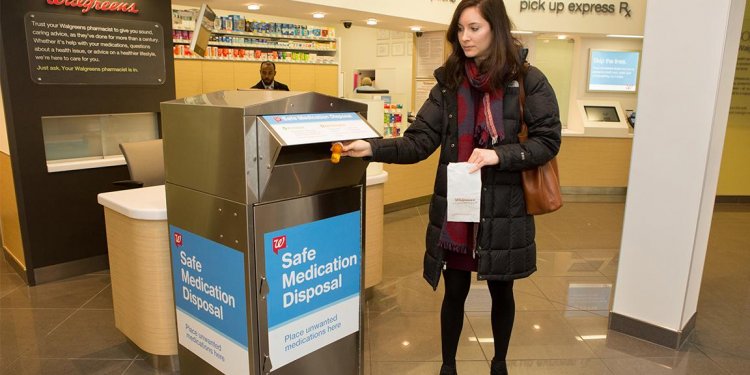
Medications Waste Disposal
The following are some of the disposal options available for household medication waste:
The CalRecycle's Facility Information Toolbox (FacIT) provides a list of facilities in California that collect pharmaceuticals for disposal near where you live or work. You may also check with your local government household hazardous waste program, law enforcement site, local pharmacy, or hospital. You should contact any of the listed organizations to determine the details of their services, hours, and any potential charges before visiting a collection site.
Note:
- Chemotherapy pharmaceuticals should be returned to the clinic that dispensed them.
Mail Back. If no collection facilities are available in your area, you may find postage paid mailers at your local chain pharmacy or by searching the Internet for keywords such as "medication mail back."
Other Options
There are no laws that forbid households from putting medication into the trash. Household waste is exempt from classification as hazardous waste ( RCRA 40 CFR 261.4(b)) and as medical waste (California Health and Safety code Section 117700) although California banned several household wastes from the trash (excluding pharmaceuticals). If take-back programs or mail back options are not available to you, and if your local household hazardous waste facility does not accept pharmaceuticals, then as a last resort, disposing nonchemotherapy medication in the trash is probably your best option. Mix medicines (do not crush tablets or capsules) with an unpalatable substance such as dirt, kitty litter, or used coffee grounds; place the mixture in a container such as a sealed plastic bag; then throw the container in your household trash.
Wastewater treatment plants are not designed to remove pharmaceuticals and studies show exposure to even low levels of drugs has negative effects on fish and other aquatic species, and also may negatively affect human health. Thus, we recommend households do not dispose of waste medication down the drain or down the toilet. This includes any prescription or nonprescription substances intended to be swallowed, inhaled, injected, applied to the skin or eyes, or otherwise absorbed.
















